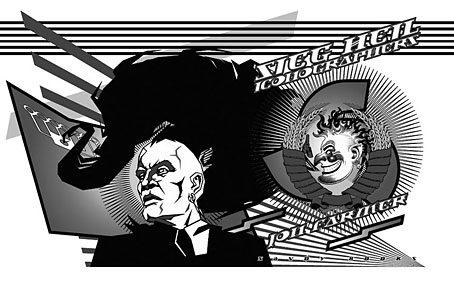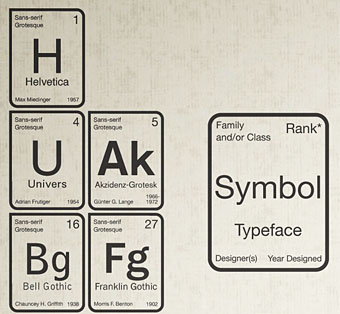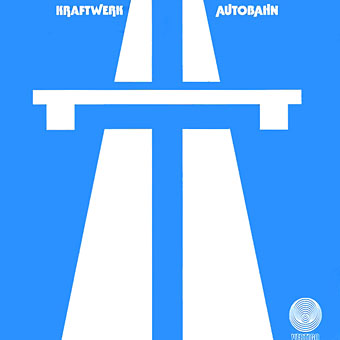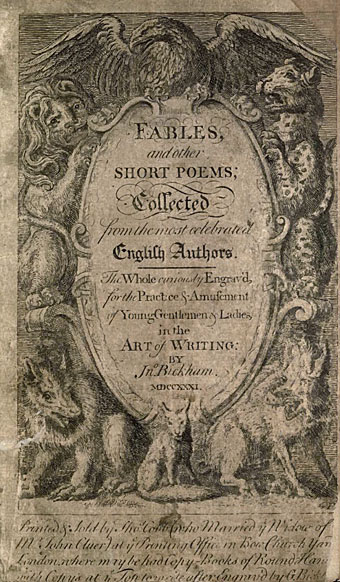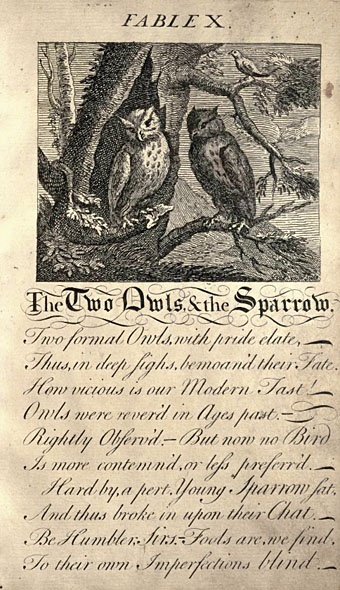“Lenin is dead but the Russian Communist Party lives on” (no date).
More typography and yet more Soviet poster art which seems perennially popular with graphic designers. Bold Constructivist designs like this example are part of the reason why: over 80 years old yet still striking. Type foundry P22 have a set of Constructivist fonts similar to the typeface used here. Poster tip via Coudal.
Sieg Heil Iconographers, title spread (2006).
I plundered the Soviet style in 2006 for the design of Jon Farmer’s Sieg Heil Iconographers for Savoy Books. The typeface this time was Jonathan Barnbrook’s contemporary design, Newspeak. Does the assertive bad taste of the book’s title undermine the Communist propaganda or do the Agitprop graphics ironically counterpoint the discussion of fascist history within? That’s left for the reader to decide.
Previously on { feuilleton }
• Lenin Rising
• Dead Monuments
• Soviet ceramics of the 1920s
• Enormous structures II: Tatlin’s Tower


